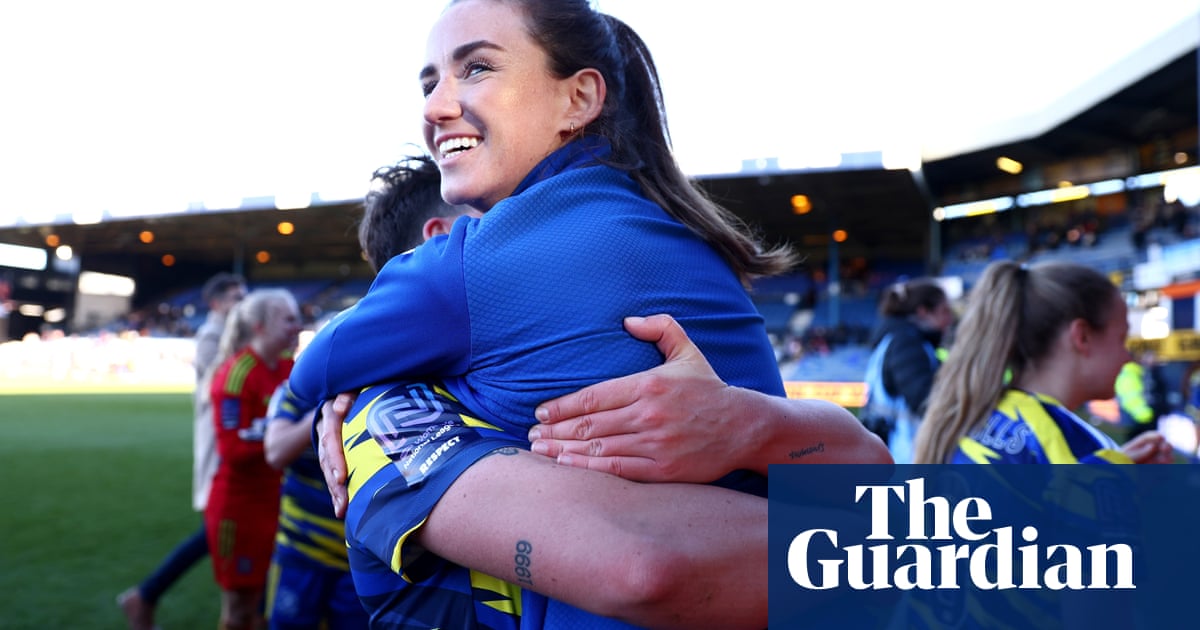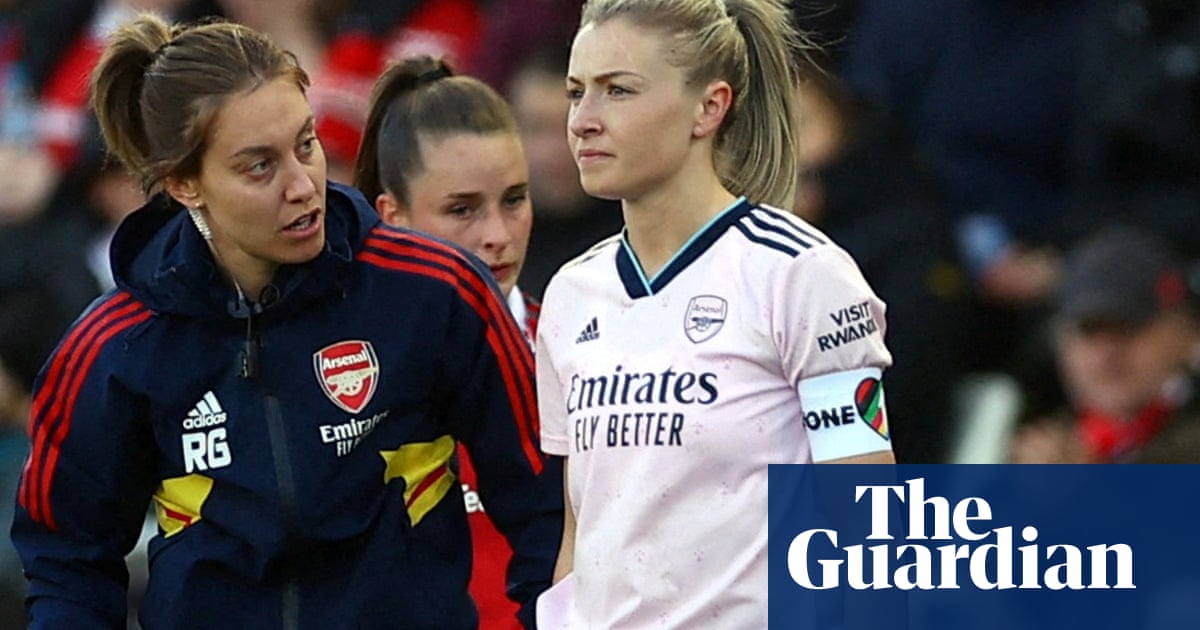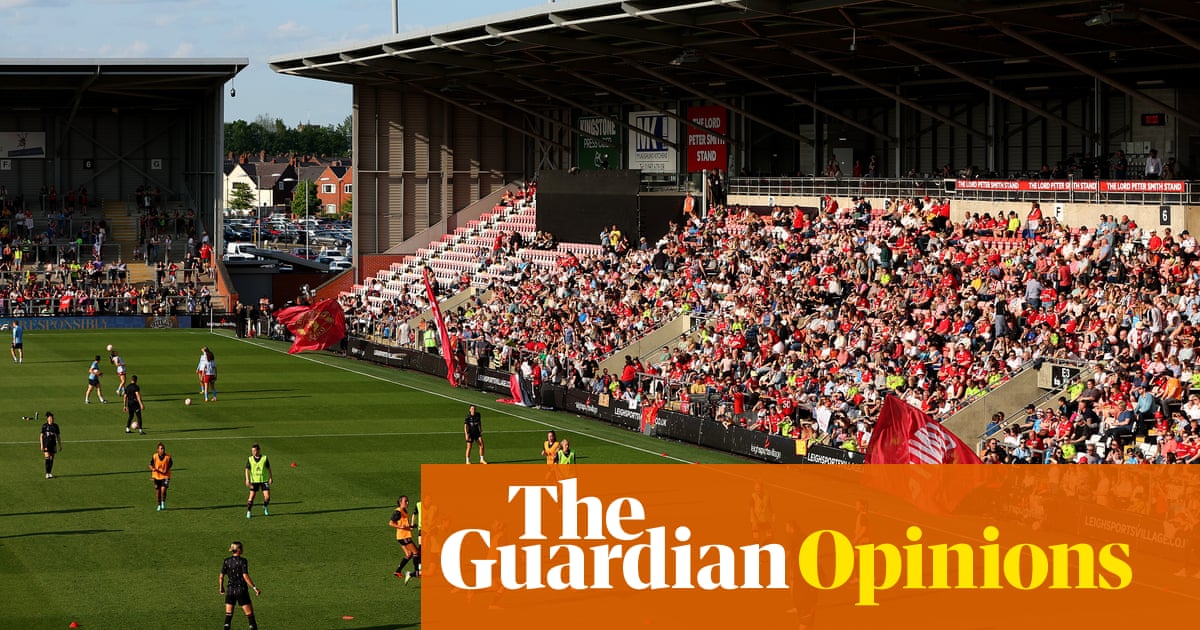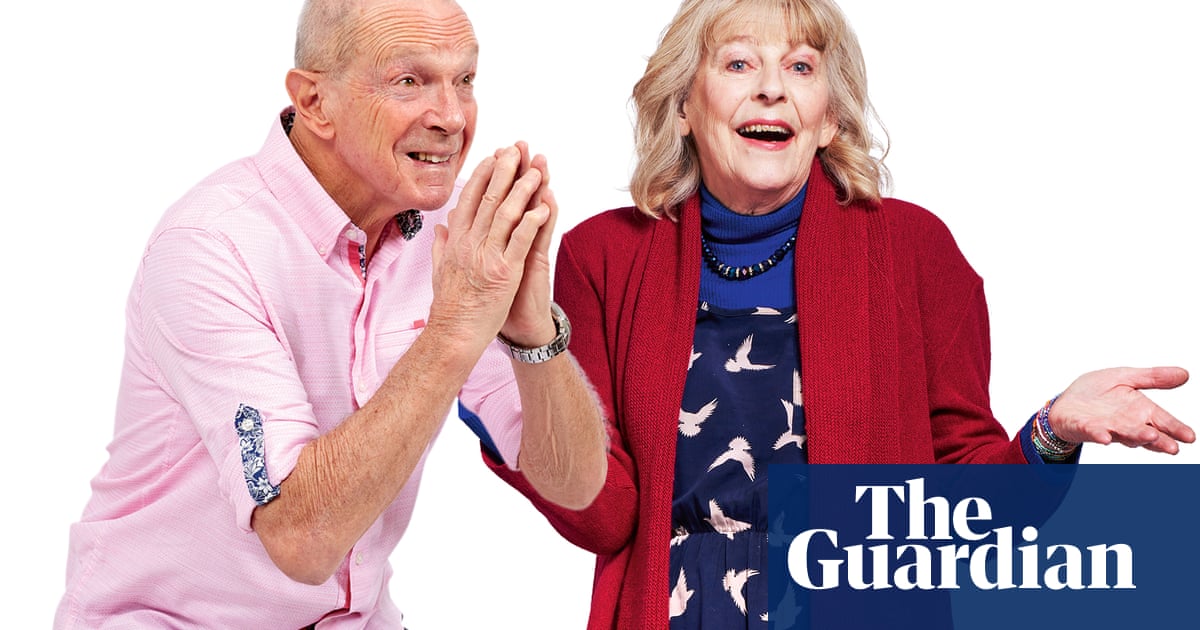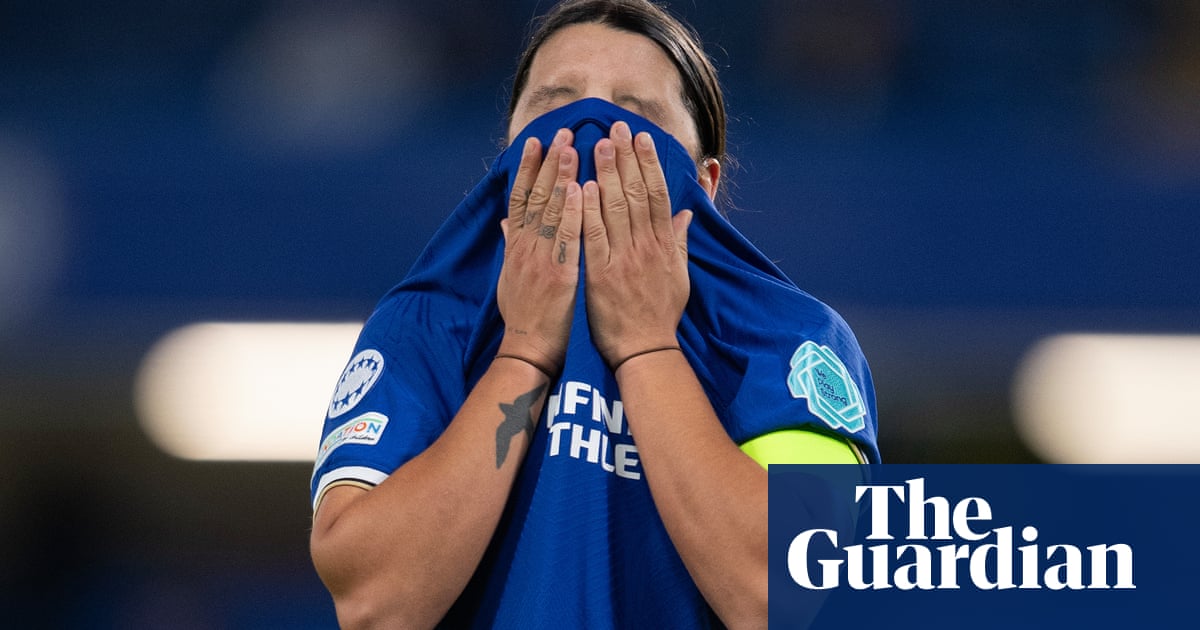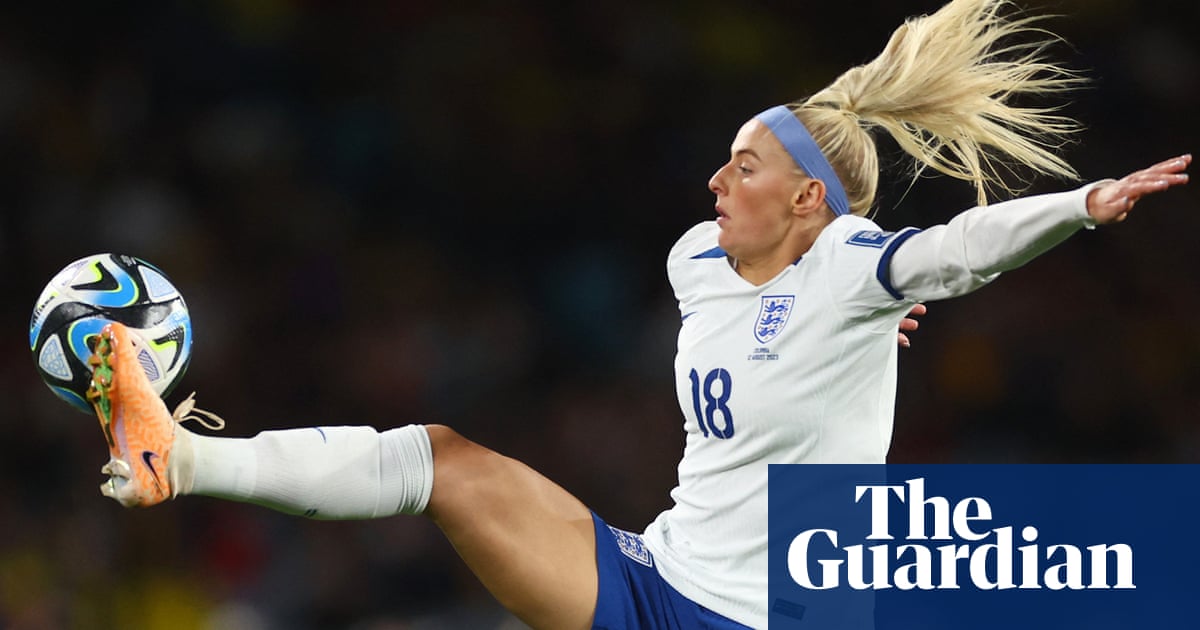
From the agonising scream of England international Jordan Nobbs, which echoed around Everton’s Southport home as she crumpled to the ground in 2018, to the news last month that Sam Kerr will be out for the remainder of the season after injuring herself during a Chelsea training camp in Morocco, knee injuries – specifically to the anterior cruciate ligament (ACL) – are dominating headlines in the world of women’s football.
Women players are up to eight times more likely to be struck by an ACL injury than men – as many as 37 players are thought to have missed last year’s World Cup because of it. The now retired 2019 Ballon d’Or winner, Megan Rapinoe, suffered three ACL injuries during her career; former Chelsea player and England international Claire Rafferty has had two and there are many players currently out of action, including Gabby George and Aoife Mannion. England captain Leah Williamson, who only last month returned to playing, said: “It felt like somebody had sliced both sides of my knee and hit a hammer through the middle of it.”
The increase in interest in women’s football has seen a rise in professionalism and also meant a rise in the demands put on players’ bodies. International players have not had a summer break since 2020. Since then, they have had the delayed Tokyo Olympics in 2021, Euros in 2022, and World Cup in 2023. Now, for some teams, there is the Paris Olympics this summer, the Euros in 2025 and then a break in 2026 before the 2027 World Cup.
“Was it one game too many?” said England’s Beth Mead in the documentary Step by Step. “When I’ve looked into it, I’ve gone from 2,000-odd minutes to 4,000-odd minutes in a season. Which is a steep jump. We want the game to go to that level but it’s keeping our bodies up to that level to do that as well.”
It’s like putting a pumpkin on a chopstick – if you wobble the pumpkin around, the chopstick is going to break
The ACL connects the femur in the thigh to the tibia and is one of the ligaments that stabilises the knee joint. In sport, it is commonly torn in off-ball incidents, through twisting or landing on one leg. With a minimum recovery time of around nine months, and many players taking at least a year to return to the pitch, it is one of the worst injuries a player can suffer.
“When you land on a single leg, you have one support mechanism,” says Gillian Weir, who is a senior biomechanist for the New York Yankees and carried out her PhD research on ACL injuries. “It’s like putting a pumpkin on a chopstick, if you wobble the pumpkin around, the chopstick is going to break.
“A lot of research since 2005 has focused on how the trunk – the upper body – contributes,” says Weir. “There are fundamental studies in motor control that look at how we control reorientation/redirection of movement when we are just walking and avoiding an object or people, even when we’re just walking and stopping. When you’re walking down a corridor and someone’s coming towards you and you have to all of a sudden stop, or step out of the way, the way you control your trunk is very different from when you know you’re going to stop or move. The same thing happens on the field when team sport athletes are running at high speeds and responding to opposing players, their teammates and the ball.”
Weir’s research was carried out in collaboration with the Australian women’s hockey team, who suffered four ACL injuries ahead of the Olympics in 2012, and looked to develop training intervention that was biomechanically informed.
“What I did is come up with every exercise in resistance and plyometric training, which involves short intensive bursts of activity, that targets the four key pillars of injury prevention. The first one was dynamic trunk control – essentially preventing someone from collapsing over their leg. The second was dynamic knee valgus – you see that when the knee kind of buckles in when you watch a replay of an ACL injury. The third was knee flexion – if you land with a straighter leg, it inherently puts the ACL on a higher stretch and so there’s more strain on the ACL and the less force you need to actually rupture it. And then the fourth looked at calf muscle strength, as there’s been research showing that if you have higher muscle forces in your calf muscles, that helps stabilise the knee joint, because you have muscle coming around one side, top support, and then you have your quads the other way.”
Weir gave the exercises to former Australian hockey player and two-time Olympic gold medallist Kate Starre, who was, at the time, the Australian women’s hockey team’s high-performance manager. The players would do four 20-minute sessions a week. Before they began, they went to the University of Western Australia’s sports biomechanics lab to run tests on their movements during planned and unplanned sidestepping (the movement that athletes perform to quickly change direction in sport, a task that alongside single leg landing accounts for up to 60% of ACL injuries, but can be safely performed in a lab setting). One test involved a runway and, at a certain point, a screen would tell them to go right, left or straight ahead, in an attempt to mimic random in-game scenarios. That helped them identify players with poor trunk control or bad knee flexion and their sessions would be personalised to focus on those weaknesses.
The results from the two-year injury prevention training programme were impressive. They saw a reduction in ACL and lower limb injuries. In fact, there were zero ACL injuries across the two years among the 26-player group.
Female footballers wear boots that have followed a ‘pink it and shrink it’ process – boots designed for men’s feet that have just been made smaller
There is no one reason players suffer ACL injuries. Biomechanical intervention can help reduce the risk of suffering an injury, but physiology and hormonal changes during menstruation have all been put forward as having the potential to increase the chance of injury. Football boots designed for men’s feet are an issue, too: most female footballers wear boots that have followed what has been dubbed a “pink it and shrink it” process – wearing boots designed for men’s feet that have just been made smaller – and are forced to add insoles or cut holes to widen them at the heel. ACL injuries are as much of an issue at a grassroots level, with quality of playing surfaces a particular problem.
There is also the possibility of a psychological element, as highlighted by Mead: her ACL injury was suffered the weekend after she found out the health of her mother, June, who was battling terminal ovarian cancer, had deteriorated. “We think the psychological [aspect] was a big part for me. I had found out that my mum wasn’t doing very well,” she said in Step by Step. Her partner, Vivianne Miedema, also suffered an ACL injury the following month after finding out some more bad news about Mead’s mother. There isn’t necessarily a link, but if your mind is elsewhere, if you are not fully focused on your movements, then it is logical to draw the conclusion that your risk of injury could increase.
Perhaps the most significant contribution to the spate of ACL injuries in recent years is the impact of increased professionalism and number of games players are being asked to play as a result. Male players play as many matches, if not more, but their bodies have been conditioned in elite environments with the best strength and conditioning coaching since they were, in some cases, five or six years old. By contrast, for the overwhelming majority of female players, being a professional athlete is a relatively new experience and their bodies have not been as well conditioned for its demands. As Williamson put it: “Ultimately, I think the way you’re taking women’s football right now, you won’t be able to increase the ticket prices or get bigger crowds in the stadiums, because you won’t have players to watch.”
Uefa, European football’s governing body, has announced a new scheme to better understand ACL injuries; meanwhile the European Club Association has been researching the impact of female-specific football boots. But if these types of initiatives don’t also look at scheduling, squad sizes, mental health, the development of elite strength and conditioning facilities for clubs and academies, then sport will always be reactive to the problem rather than proactively tackling its causes to reduce injury risks.




